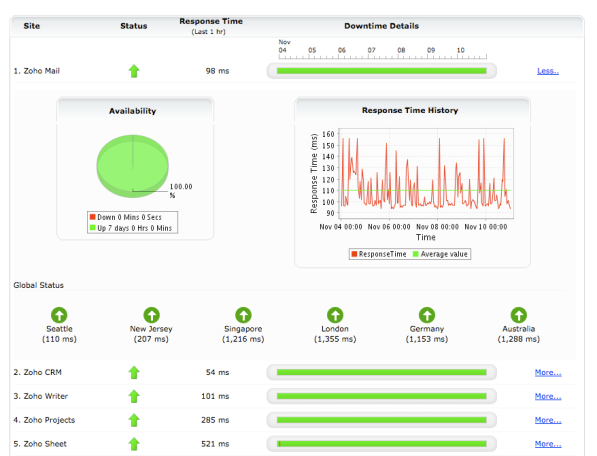Google Layoffs – 10,000 Workers Affected reports WebGuild with a bombastic title. I can beat that: all Google workers will be affected, at least emotionally.
As to what the real numbers are, several sources point out that while employee headcount is around 20K, Google has about 10K temporary workers, so whichever way you count, laying off 10K workers would equate to:
- eliminating all the temp positions
- letting go 30% of the (extended) workforce, which seems to be the Silicon Valley rule
- cutting the employee headcount to half (if we ignore temps)
Either way it sounds way too dramatic, a step companies in deep structural trouble would resort to. I seriously doubt this is really coming, but let me be clear: I have no factual information, am simply speculating, or actually responding to speculation.
But there’s something else worth noticing here: the source. WebGuild had a bit of a clash with Google this spring, when Google withdrew their support of the WebGuild events it used to host. Their stated reason was WebGuild’s refusal to change the name of their Web 2.0 Conference & Expo, at O’Reilly’s request. Here are the juicy details in a WebGuild post aptly titled Shame On You Tim O’Reilly. Without getting into details of the original conflict, suffice to say that WebGuild has been on somewhat of a vendetta against Google ever since. They’ve been a little bit too trigger-happy with posts reflecting negatively on Google.
Once again, I do not have factual information, but if this indeed turns out to be false information, I wonder if WebGuild went a step too far this time. (Remember the Steve Jobs death story?)
Read more in PC World, HipMojo.com, VentureBeat, ChannelWeb, Valleywag, Search Engine Land, Google Watch, CNET News, Alley Insider, Beyond Search, Tech Beat.


 How old is your work computer?
How old is your work computer?

 If it looks familiar, perhaps you followed my
If it looks familiar, perhaps you followed my 
 Ben recently reported on how
Ben recently reported on how  Loren Baker, Editor of Search Engine Journal discusses his experience of getting his
Loren Baker, Editor of Search Engine Journal discusses his experience of getting his ![Reblog this post [with Zemanta]](https://www.zoliblog.com/wp-content/uploads/HLIC/54e6a3db43b098ecbf5db09e027cb1c1.png)




![Reblog this post [with Zemanta]](https://www.zoliblog.com/wp-content/uploads/HLIC/1e888c58c2f8097a76d183db620f05dd.png)


Recent Comments